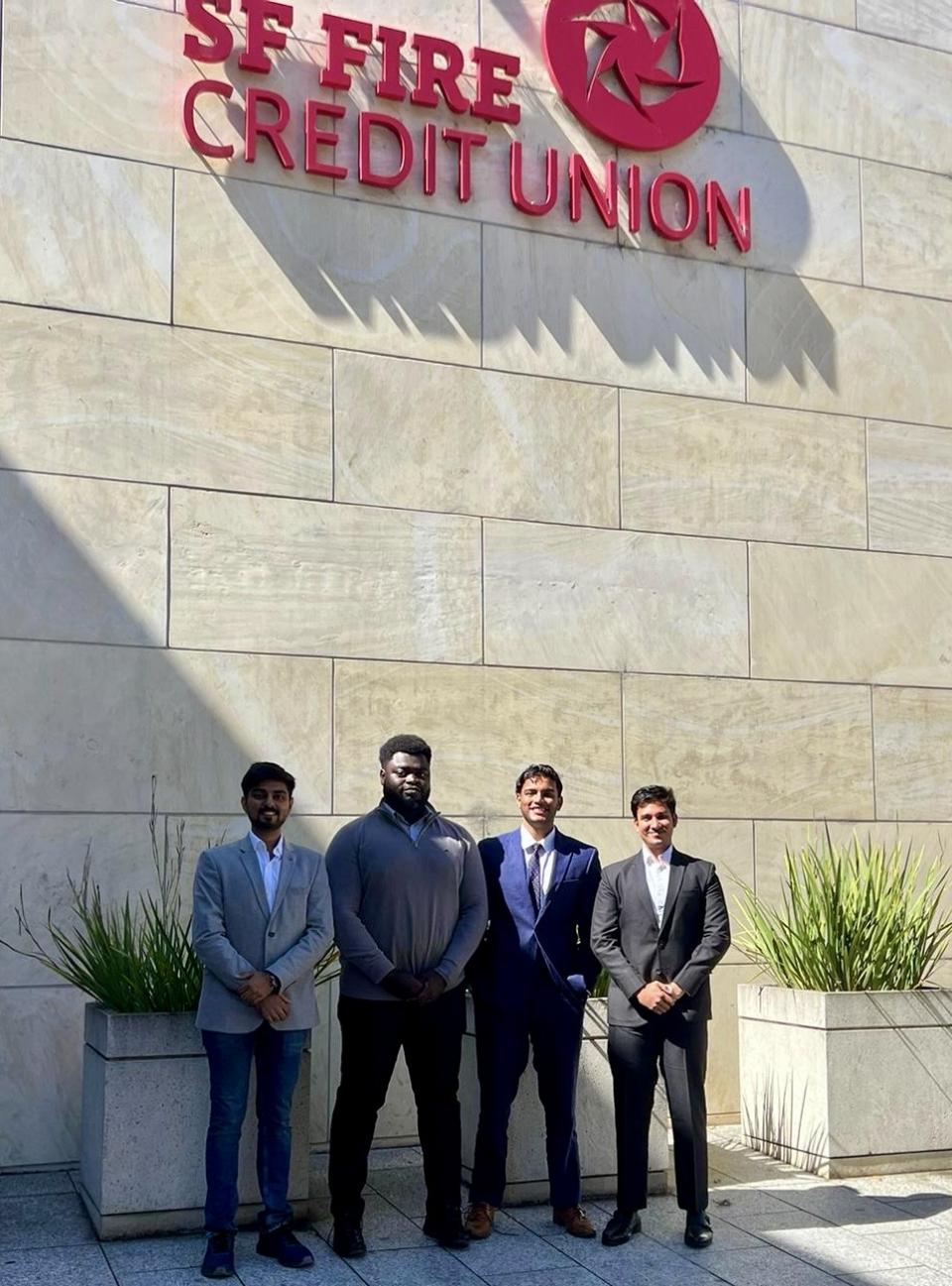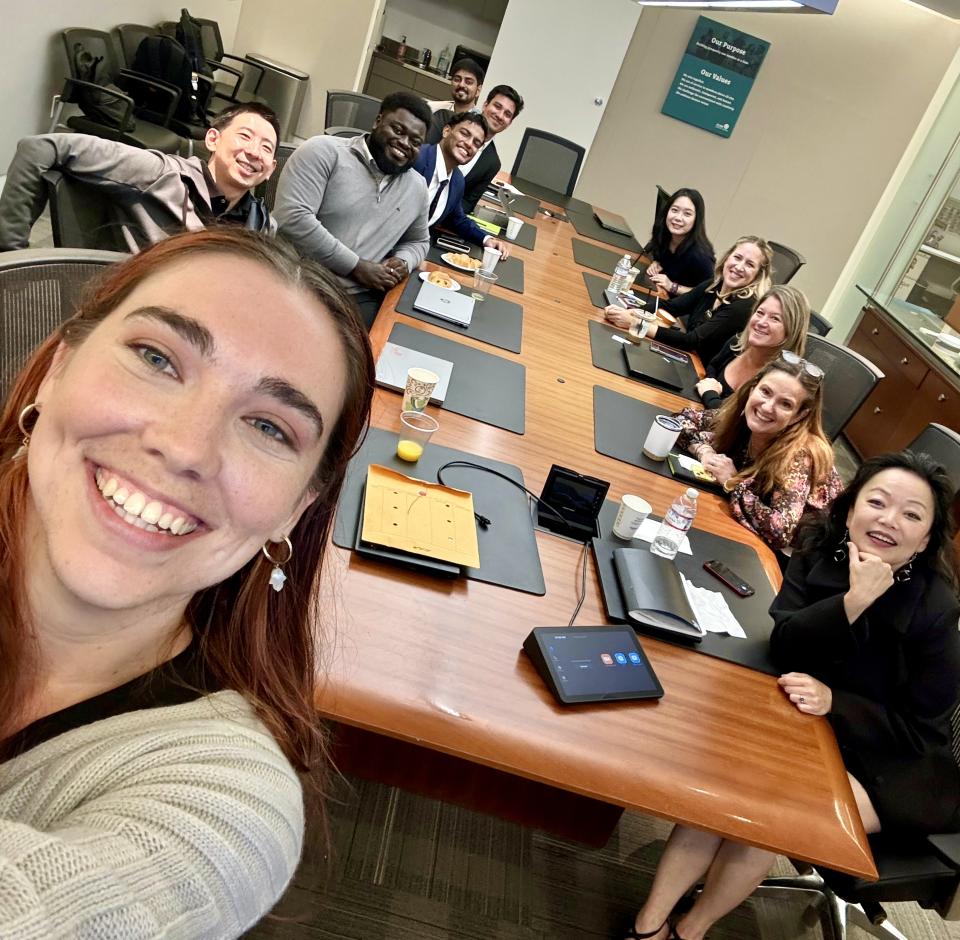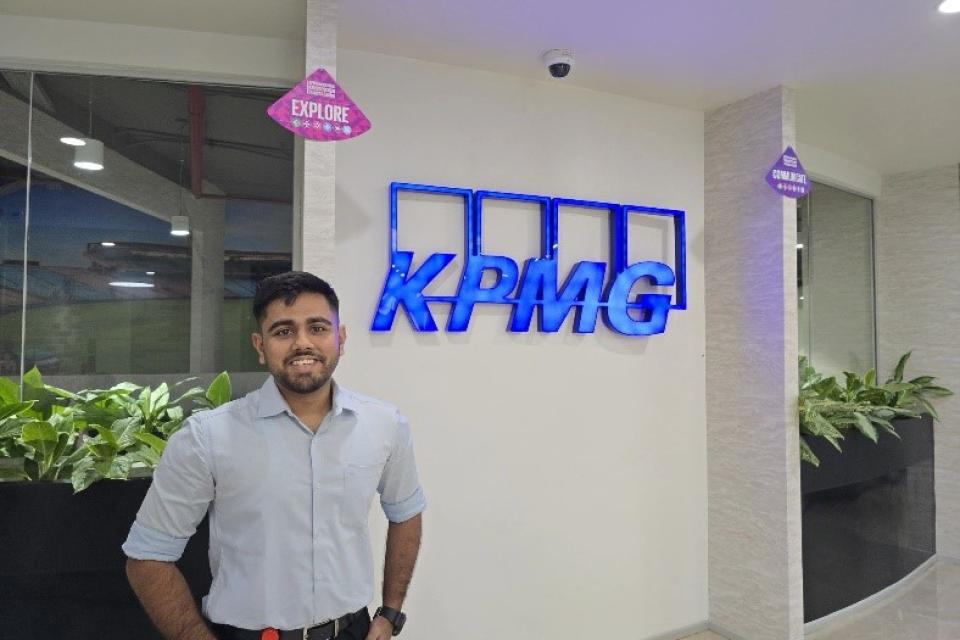Improving Digital Experiences for Leading Bay Area Credit Union
How our team automated data collection to improve decision-making

I’ve had the opportunity to work across diverse industries, including automobile manufacturing at Maruti Suzuki, my father’s legal and finance consultancy firm, and Viacom-JioCinema, where I specialized in sports digital media analytics.
These experiences ultimately led me to pursue a Master of Science in Business Analytics (MSBA) at the UC Davis Graduate School of Management’s San Francisco campus, right in the heart of the global AI hub.
At the core of the MSBA curriculum is a year-long practicum project in which student teams develop solutions for client companies and organizations throughout the Bay Area and beyond. At the beginning of the academic year, students rate the available projects.
When the time came to prioritize my top three practicum project choices, I carefully reviewed the available opportunities, searching for one that resonated with my interests. I had always wanted to work for a financial institution, and the San Francisco Fire Credit Union stood out as the perfect fit.
One of the biggest advantages of this practicum was the requirement for our team to be on-site at the SF Credit Union twice a week, which fit well with my class schedule and was conveniently close to the UC Davis MSBA campus near City Hall.
Breaking New Ground: My First Experience Working for a U.S. Company
From the beginning, the practicum was an exciting challenge. Each of us was assigned individual projects, a significant responsibility, especially since I had never worked for a U.S. company or a financial institution before.
However, I saw this as an opportunity for growth rather than an obstacle. The projects for the SF Credit Union scope of work covered a wide range of topics, including natural language processing (NLP) chatbots for credit union members, multi-touch attribution to enhance marketing insights, A/B testing for website optimization, and brand awareness analysis through sentiment analysis.
I was responsible for website optimization through A/B testing, with the primary objective of increasing mobile app downloads. My role involved analyzing website performance, running A/B tests, and identifying the best-performing variants that led to higher conversions.
How My First A/B Test Led to Real Results
A serendipitous moment occurred when, just as I was wrapping up my research on A/B testing, our fall quarter began with a course on A/B testing. It felt like everything was falling into place!
Studying key A/B testing concepts in class and then immediately applying them to my practicum project was an invaluable experience.
Since this was SF Fire Credit Union’s first ever A/B test, so I had to be meticulous in my approach. Though I was handling the project independently, I had the guidance of the manager and business owner. The sense of responsibility was immense. If anything went wrong, the onus was on me. However, that very pressure pushed me to execute with precision.
The first A/B test was launched on the webpage. Despite encountering some technical challenges, I adapted and refined the experiment. Ultimately, the results spoke for themselves: the A/B test led to a 30% increase in mobile app downloads compared to when no test was conducted.
This was a milestone for my personal success and for SF Fire Credit Union. The project established a framework the credit union could refer to for future A/B testing.

A New Challenge: Assessing Lead Generation
As the winter quarter began, I transitioned to a new project: analyzing offline and sponsorship events hosted by the SF Fire Credit Union. The goal is to assess how these events contribute to lead generation for new and prospective members.
While this project feels more structured compared to my previous one, it offers exciting opportunities to work on data collection automation and sentiment analysis, both of which I’ve developed a keen interest in.
I’m in the execution phase, so I can’t share too many details yet. However, as the quarter progresses, I’ll be gearing up for my final project at the SF Fire Credit Union, marking the conclusion of my practicum experience.
Reflections on the Journey
Looking back, this practicum has been a transformative experience, sharpening my skills and reinforcing my ability to work independently while delivering measurable results. Balancing on-site work and academic commitments was undoubtedly challenging, but I found a rhythm that worked. Over time, it helped me cultivate discipline, structure and a strong professional network.
As I move forward, I’m excited about what’s next and grateful for the opportunities that have come my way. This journey has been a rollercoaster, but every challenge has only made me stronger.


